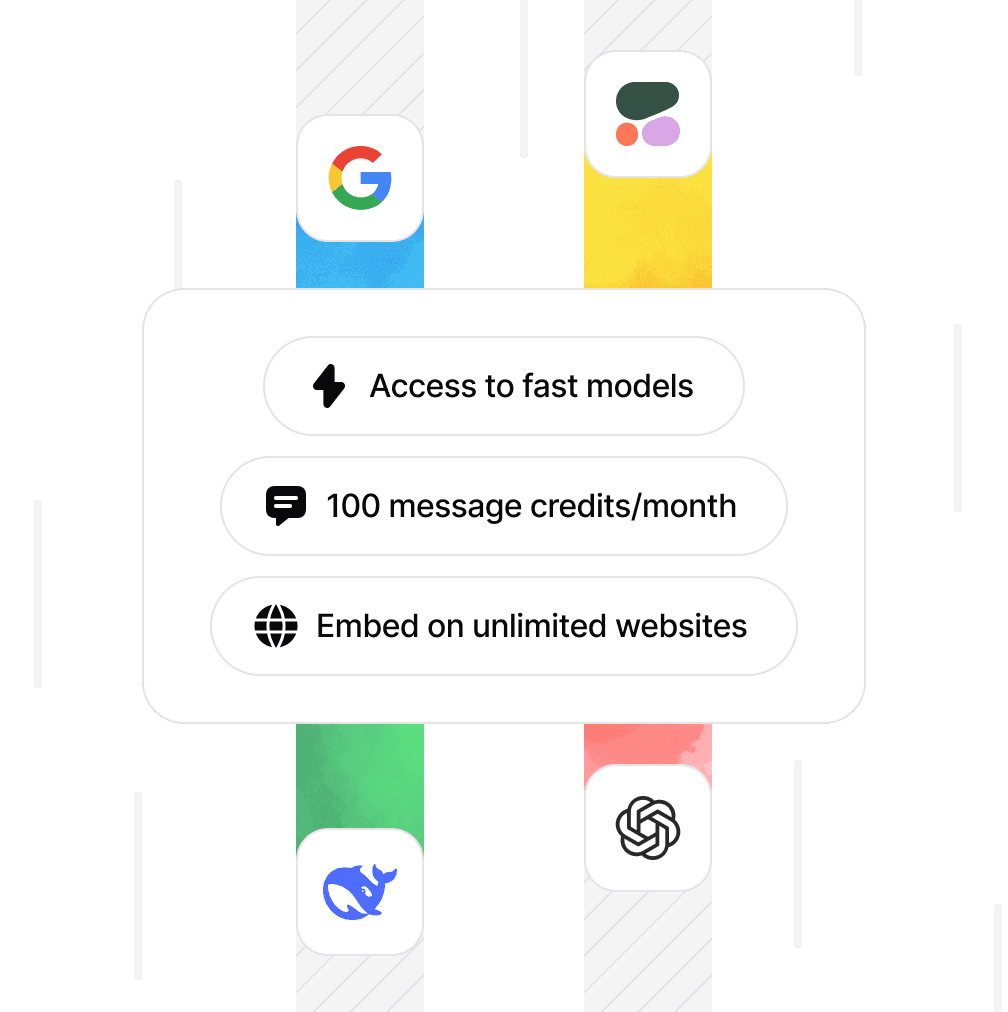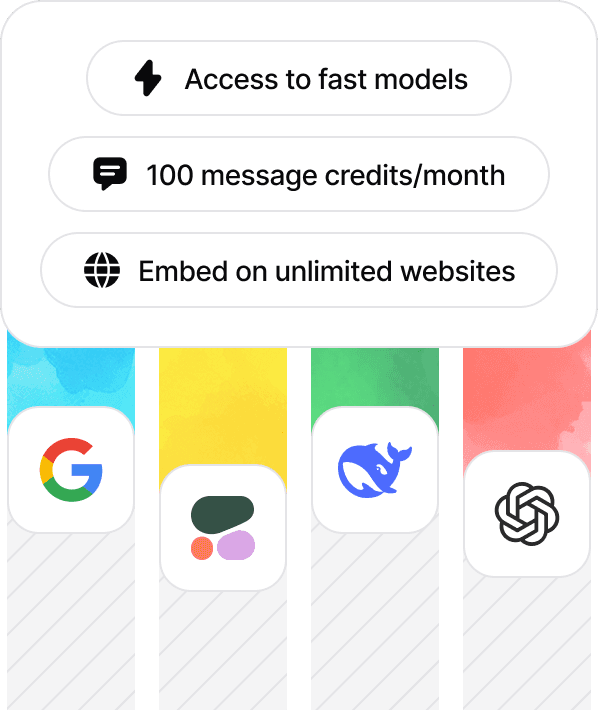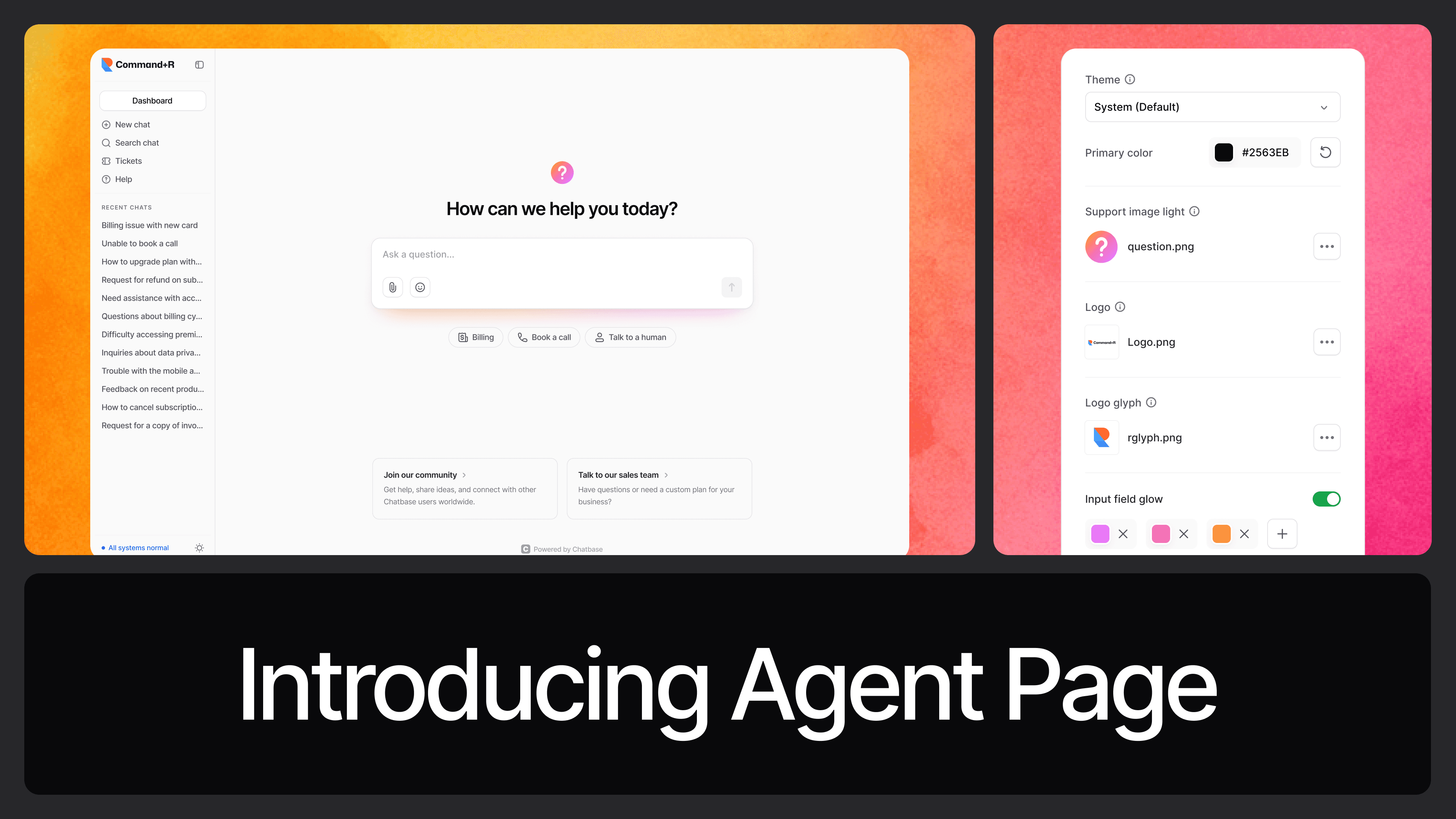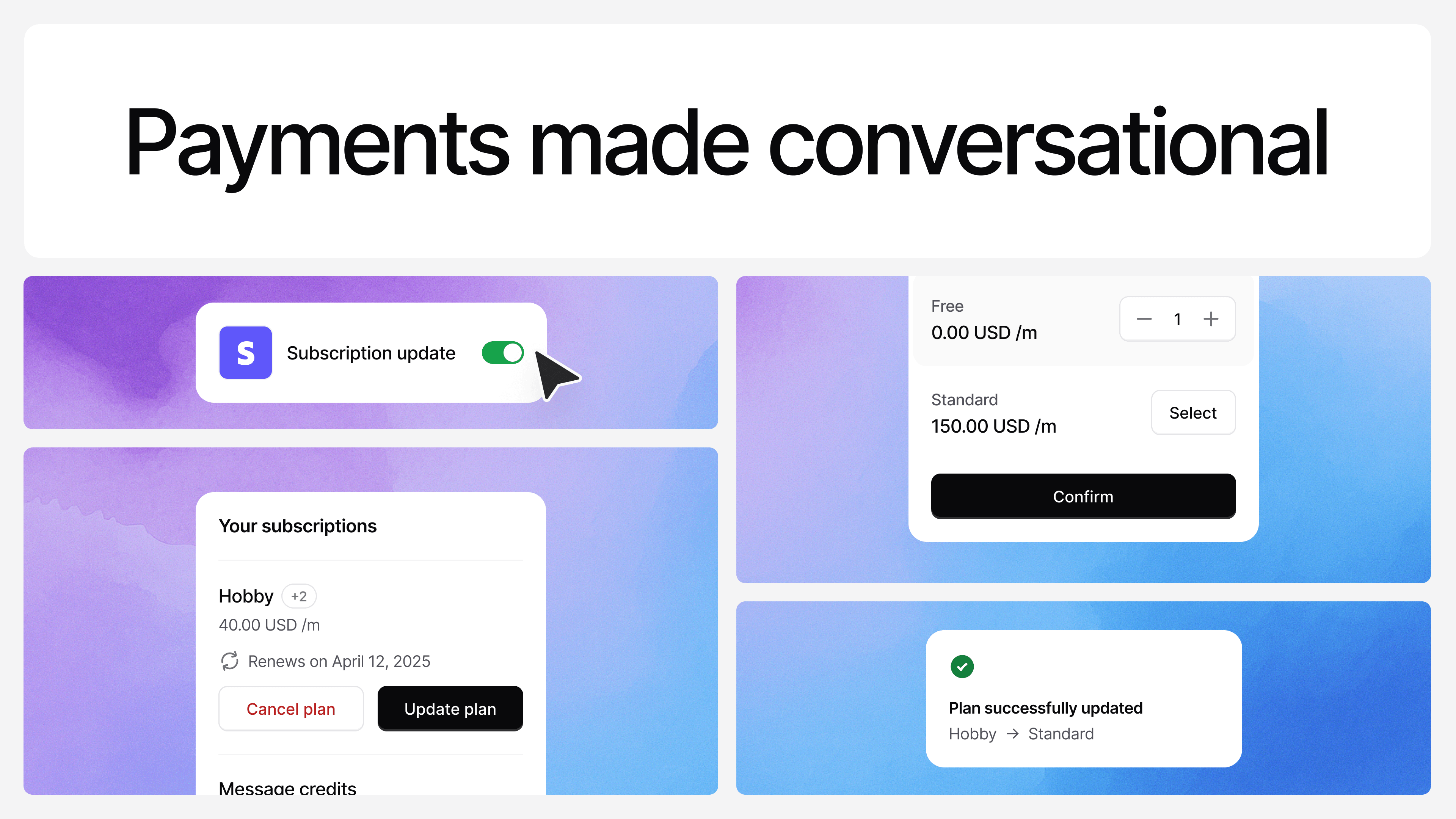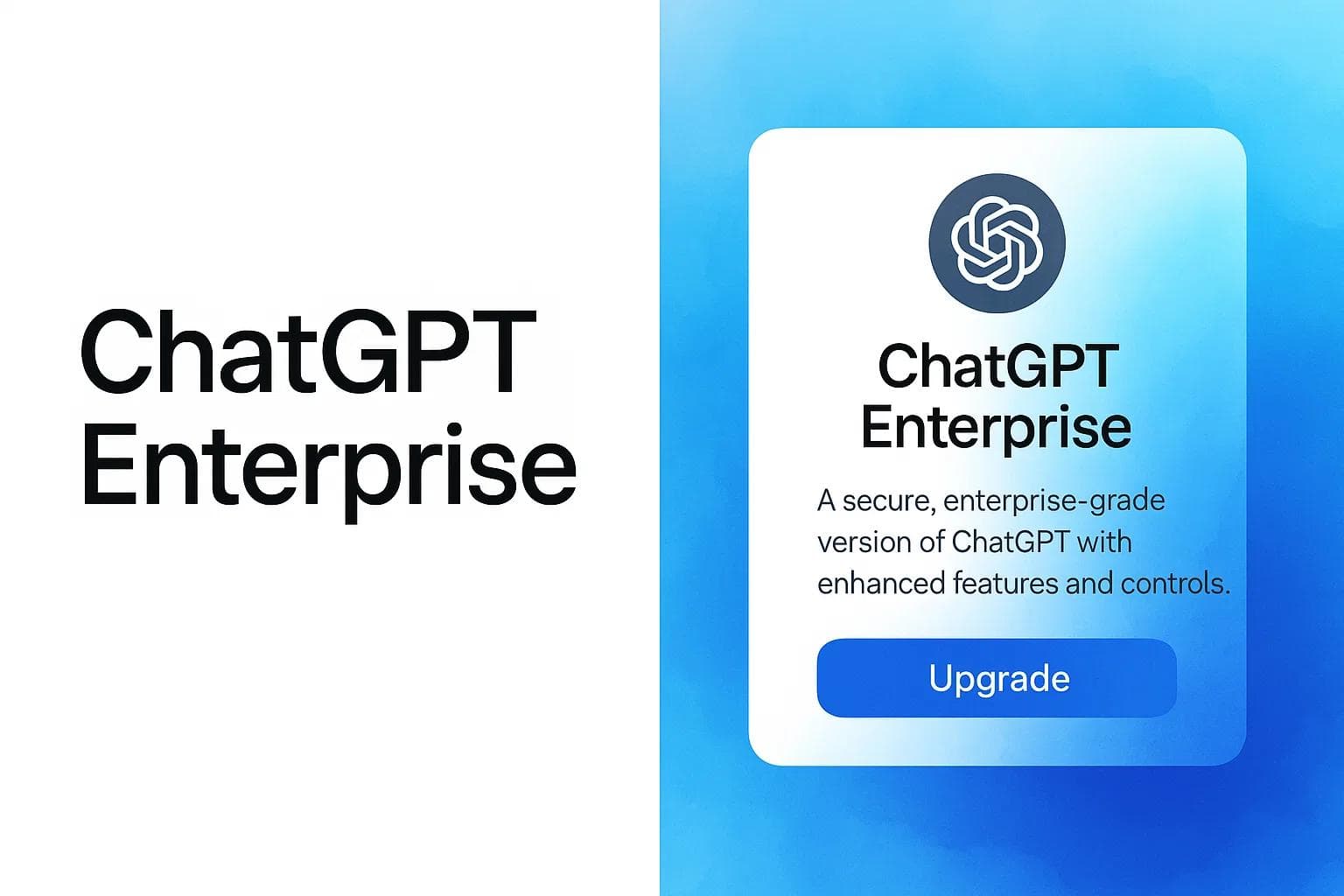Sales Automation: A guide on Getting Started
Max T
Apr 30, 2025
14 min read
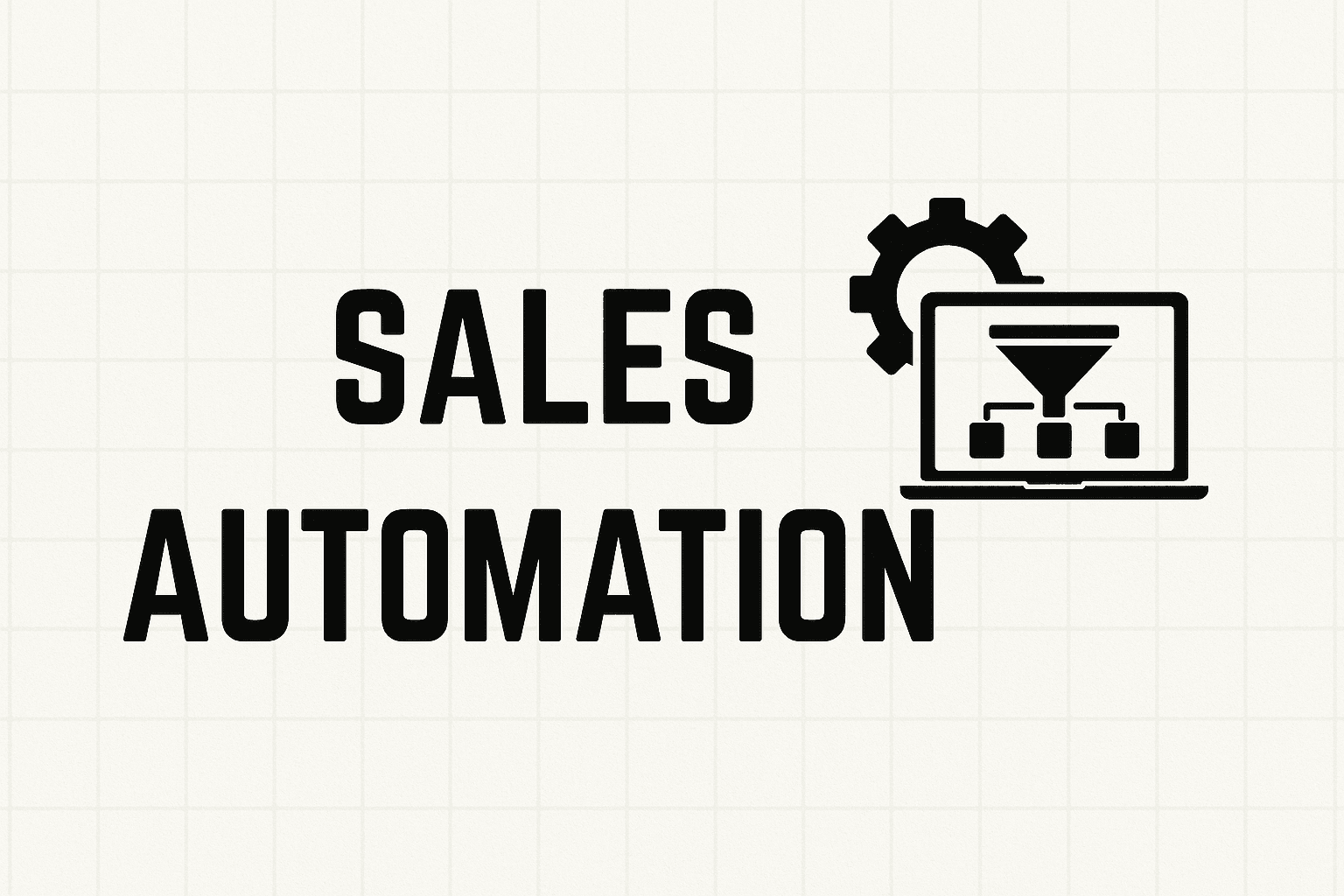
Sales is the lifeblood of every business.
You can build the best product in the market. You can run the most creative marketing campaigns. But if no one's buying what you're selling, nothing else really matters.
It doesn’t matter if it’s a digital product, a physical item in an e-commerce store, or a service-based offering, if the sales aren’t coming in, you’re not running a business, you’re running a very expensive hobby.
Sales don’t just happen out of thin air.
Behind every sale is a process. Lead generation. Lead qualification. Lead nurturing. Follow-ups. Scheduling meetings. Tracking opportunities. Sending sales emails. And the final nudge to close the deal.
All of that adds up.
It takes time. A lot of it.
That’s where your sales team comes in. But even the best salespeople can only do so much when they're buried in admin work instead of focusing on conversations that close.
That’s the real problem.
And sales automation is the solution.
When you automate parts of your sales process, you free up time. Time your team can use to do what they’re actually hired to do: sell.
It’s not about replacing your sales team. It’s about removing the drag so they can do more of what moves the needle.
Let’s take a look at exactly how sales automation works, what parts of the process you can automate, the tools you can use, and why it might just be one of the smartest moves your business makes.
Let’s break it all down.
What is Sales Automation?
Sales automation is the process of using software to handle repetitive, manual tasks in your sales process automatically.
Think of everything that happens between attracting a lead and closing a deal. You’ve got follow-up emails, lead scoring, CRM updates, meeting reminders, data entry, opportunity tracking, and maybe even nurturing sequences.
These are important steps. But they don’t all need to be done by a human.
Sales automation steps in to take care of the repeatable stuff. It’s about building a system where things move like clockwork, even if your team isn’t clicking buttons every second.
For example:
- A new lead fills out a form on your website.
- They’re automatically added to your CRM.
- They get a welcome email without anyone lifting a finger.
- Based on their behavior, they’re scored and assigned to a rep.
- The system reminds the rep to follow up at the right time.
- Every interaction is logged automatically.
That’s sales automation. It builds a smoother, faster, more reliable sales pipeline with less manual work.
Let’s take another example.
Let’s say a prospect lands on your website.
They’re browsing your pricing page or checking out a product. An AI-powered chatbot pops up.. The prospect has a few questions. Instead of waiting for a human rep, the bot steps in, answers those questions instantly, clarifies any confusion, and even recommends the right product or plan based on their responses.
The bot checks inventory, applies a discount, and suggests an upsell.
Then it generates a custom payment link right inside the chat. The prospect pays or books on the spot.
That’s a deal closed... with zero human touch.
That’s sales automation.
How Sales Automation Works
Here’s the first thing to understand:
You’re not automating everything in your sales process.
What you’re doing is automating the right parts; the repeatable, data-heavy, time-consuming steps that don’t need your sales reps' judgment or personal touch.
These steps can be handled faster and better by automation tools.
Here are some key sales processes you can automate:
1. Lead Capture Instead of manually collecting data from forms or inbound channels, sales automation tools can automatically capture and store lead information in your CRM.
You can use tools like Chatbase to capture leads. Others include Typeform, HubSpot Forms, or even native website forms connected to automation platforms like Zapier.
2. Lead Scoring Rather than manually judging how “hot” a lead is, AI can evaluate behavior and engagement, downloads, clicks, chat sentiments and score leads automatically.
Example: AI tools like MadKudu or Salesforce Einstein can assign scores based on predefined rules, so your team focuses only on the most promising leads.
3. Lead Qualification via AI Chatbots You can have a chatbot on your site that does the first layer of qualification; asking about budget, needs, timeline, before assigning the lead to a rep.
Example: Chatbots like Intercom, Drift, or Chatbase can handle this entire process automatically.
4. Meeting Scheduling Instead of back-and-forth emails, leads can book a meeting straight from a link after chatting with a bot or filling out a form.
Tools like: Calendly, Chili Piper, or HubSpot Meetings.
5. Follow-Ups & Nurturing Sequences Automated email flows can handle initial outreach, follow-ups, and reminders based on lead behavior.
Example: A prospect downloads a whitepaper → they automatically enter a 5-email nurturing sequence → the system adjusts based on whether they open/click/respond.
Tools like: Mailchimp, ActiveCampaign, or HubSpot Workflows.
6. Proposal & Quote Generation For certain businesses, automation can generate personalized quotes or proposals instantly based on the prospect's inputs using advanced sales quoting software. To make your proposals even more engaging and impactful, consider using Plus AI, which turns dry data into compelling, visually persuasive presentations that can help close deals faster.
Tools like: PandaDoc, Qwilr, or automated templates inside CRMs.
7. CRM Updates All touchpoints, be it emails, calls, or meeting notes, can be logged automatically. You shouldn’t have salespeople spending hours on CRM admin work. For teams with heavy meeting schedules, AI meeting assistants can automatically capture key discussion points, decisions, and action items from sales calls, then sync that data directly to your CRM. This means reps spend zero time writing up meeting notes and your pipeline data stays current without manual updates.
Tools like: Salesforce, Pipedrive, Zoho, all integrated with automation tools.
8. Deal Closing With automated payment integrations, a chatbot or AI agent can guide a user to a close, generate a checkout link, and even finalize a deal without human intervention.
Example: AI agents like Chatbase can answer objections, offer a deal, and send a Stripe or Shopify payment link. Boom, deal closed.
9. Post-Sale Handoff & Onboarding Once the deal is done, automation can trigger onboarding emails, assign internal teams, or add the customer to support or success workflows.
Tools like: Zapier, Slack integrations, or project management tools like ClickUp/Asana.
In short:Sales automation works by identifying what doesn’t need a human… and letting software handle it. The result? Your sales team spends more time selling and less time managing tasks.
It’s about speed, consistency, and freeing your team up for what really matters; closing deals, building relationships, and scaling your revenue.
Why Sales Automation Matters
Sales automation isn’t just about saving time. It’s about building a smarter, more reliable revenue engine that scales.
Here’s why it matters:
1. Speed Wins Deals In sales, timing is everything. The faster you respond to leads, the higher your chances of closing. Automation makes this possible.
You don’t wait 3 hours to reply. You reply instantly, with a follow-up email, chatbot, or meeting link the moment a lead shows interest.
2. Consistency Creates TrustManual processes break. People forget.Automation doesn’t.
Every lead gets followed up with. Every deal is tracked. Every task is completed. That consistency builds trust, not just with prospects, but across your internal sales team.
3. Focus on High-Value WorkSales reps shouldn’t be wasting time updating CRMs or sending follow-up reminders. That’s time they could spend closing deals.
Sales automation takes the busywork off their plate so they can focus on conversations, demos, and negotiations.
4. Better Data, Better DecisionsWhen everything’s automated; logging, tracking, messaging, you get clean, consistent data. That means better reporting, better forecasting, and smarter decisions about what’s working and what’s not.
5. Scalable GrowthAutomation doesn’t just help when you’re small. It’s what allows you to scale.
You can handle 10 leads or 10,000 without breaking your system because the workflows do the heavy lifting.
6. Reduced Human ErrorMissed emails. Forgotten follow-ups. Wrong data entries. These mistakes cost money.
Automation eliminates most of these errors. It runs the same way every time, exactly how you set it up.
7. Personalized at Scale With tools like AI chatbots and smart email flows, you can create hyper-personalized experiences, without doing it manually for every lead.
A prospect clicks on pricing? They get a message tailored to that. They book a call? The confirmation email has their name, company, and next steps.
Bottom line: Sales automation matters because it helps you close more deals, faster with fewer mistakes and less effort. It turns your sales process from a manual grind into a streamlined machine.
The Best Sales Automation Tools to Power Your Pipeline
Sales automation is only as powerful as the tools behind it.
When done right, the right tool doesn’t just save time. It becomes an unfair advantage. It gives your reps more bandwidth, gives your leads more attention, and gives your business more conversions.
Here’s a breakdown of some of the best tools for each stage of the sales process:
1. Chatbase – Best AI Assistant for Sales Automation
Use cases: Lead capture, lead qualification, FAQs, appointment booking, AI lead nurturing, sales follow-up, integrations.
Chatbase can be your customizable AI brain built to handle real sales conversations, 24/7.
From the moment a lead lands on your site, Chatbase jumps in, answers product questions, qualifies the lead, and even books calls on your behalf using tools like Calendly.
Need to follow up? Chatbase can trigger actions via Zapier or Make, send reminders, route lead data to your CRM, or even escalate to a human when the lead is hot.
It’s basically your first SDR, available on every page.
You can integrate Chatbase with:
- Zapier/Make.com for automation chains.
- CRMs like HubSpot and Salesforce.
- Calendly for seamless appointment scheduling.
- Slack or email for alerts and real-time responses.
Why it stands out: It’s an AI-first, no-code solution that turns traffic into a qualified pipeline without manual input.
Start capturing and closing leads automatically → Sign up for Chatbase today and build your sales assistant in minutes.
2. HubSpot – Best All-in-One CRM + Automation Suite
Use cases: CRM, lead tracking, email automation, pipeline management, contact scoring, reporting.
HubSpot is one of the most comprehensive CRMs for small to mid-sized businesses. Its sales automation features let you:
- Automatically assign leads.
- Create sequences for cold outreach.
- Track contact activity across touchpoints.
- Score leads based on behavior.
- Trigger follow-ups or internal tasks when a deal moves.
Its visual pipeline is clean, its email automation is robust, and it connects with just about anything.
Why it stands out: It’s everything in one place, from marketing to sales to support, making automation seamless across the entire customer journey.
3. Apollo – Best for Lead Enrichment & Outreach
Use cases: Prospecting, cold email automation, contact enrichment, account targeting.
Apollo is a powerful sales intelligence platform built for outbound sales. It gives you verified contact data, lets you segment accounts, and automate outreach with multi-step sequences.
You can trigger workflows based on opens, clicks, replies, or even when someone visits your site.
Why it stands out: Great for outbound teams who want to combine prospecting + automation in one place.
4. Lemlist – Best for Personalized Cold Email Automation
Use cases: Cold email, multichannel outreach, personalization at scale.
Lemlist lets you send highly personalized emails with images, custom dynamic text, and even video snippets.
You can build sequences that also include LinkedIn touches or calls, and A/B test messaging across prospects.
It integrates with your CRM or lead sources so you can automate campaigns based on triggers.
Why it stands out: Built for reps who want personalization + automation without sounding robotic.
5. Calendly – Best for Automated Meeting Scheduling
Use cases: Appointment booking, routing leads, calendar automation.
Calendly isn’t just about booking meetings anymore. With tools like routing forms, you can qualify a lead and route them to the right sales rep based on location, deal size, or product interest automatically.
Connects beautifully with Chatbase, CRMs, Zoom, Google Meet, and more.
Why it stands out: It takes away the back-and-forth and lets hot leads book right away, which shortens the sales cycle.
6. Close – Best CRM for High-Velocity Sales Teams
Use cases: Sales CRM, calling, email sequences, pipeline automation.
Close is built for teams that live inside the CRM. It includes calling, texting, and email automation, all in one interface.
Set up workflows where emails, calls, and follow-ups go out without lifting a finger. Great for startups and inside sales teams.
Why it stands out: Fast, responsive, and no add-ons needed. Everything works out of the box.
7. Zapier – Best for Connecting All Your Sales Tools
Use cases: Automation across platforms, CRM syncing, data movement, trigger-based workflows.
Zapier connects over 5,000 apps. That means you can build workflows like:
- When a new Calendly meeting is booked → add lead to CRM + notify sales rep + start email sequence.
- When Chatbase qualifies a lead → send to Slack + update in Airtable.
Why it stands out: It glues your stack together so you’re not copying and pasting between platforms.
8. Make (Integromat) – Best for Advanced Workflow Automation
Use cases: Visual automation builder for complex logic across tools.
Make does what Zapier does, but with more logic and customization. You can build flows with conditions, branches, variables, and detailed controls.
Great if you want more nuanced flows; like delays, filters, or detailed routing.
Why it stands out: Advanced automators and tech-savvy teams will appreciate the power and flexibility.
9. Salesloft – Best for Enterprise Sales Engagement
Use cases: Enterprise cadences, multichannel outreach, lead tracking, sales coaching.
Salesloft is purpose-built for enterprise-level outbound. It helps reps engage across email, phone, LinkedIn, and text, all with templates, automation, and analytics.
Includes coaching tools, call recordings, and deep CRM syncs.
Why it stands out: It’s built for large teams that need scale, consistency, and control.
10. Pipedrive – Best Visual Sales Pipeline CRM
Use cases: Pipeline tracking, task automation, activity management.
Pipedrive’s visual interface makes it easy to track deals and automate follow-ups or stage-based triggers.
If a deal goes cold? Automate a re-engagement email. If a deal moves to negotiation? Trigger a pricing doc or proposal.
Why it stands out: Simple, visual, and powerful for small to medium-sized sales teams.
Sales automation isn’t about replacing reps. It’s about enabling them to do more; faster, smarter, and with fewer headaches.
Whether you’re looking to book more meetings, qualify more leads, or follow up with perfect timing—there’s a tool here for every stage.
And You can Start with Chatbase.
It’ll help you capture, qualify, and convert website traffic into deals.
→ Try Chatbase now and build your first AI sales assistant in minutes.
Share this article:
